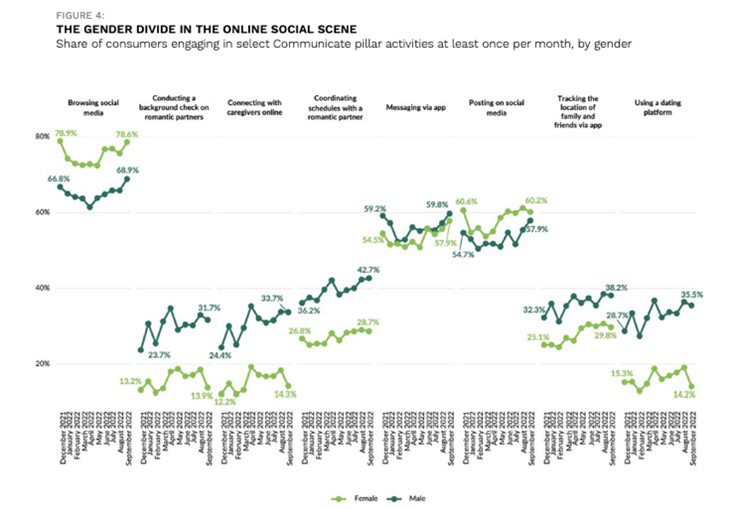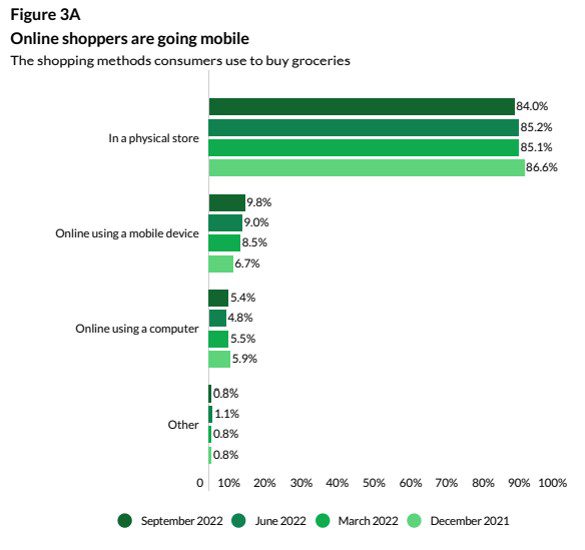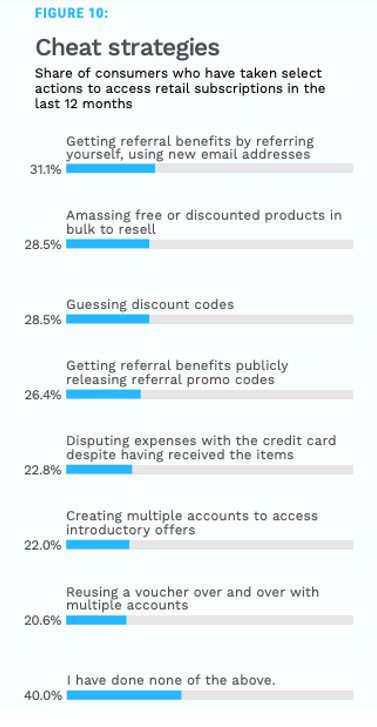Who’s a Friend and Who’s a Fraudster?

We’ve got more ways to communicate than ever, and when people get chatty, talk often turns to stuff we want to buy. In some cases, that translates into stuff we want but don’t want to pay for.
In the grand and sometimes murky convergence of digital social engagement and the shopping opportunities increasingly embedded in social channels, we see not just the scope and sweep of this tech-inspired societal shift, but who prefers what, and why.
That includes the strict rule-followers as well as the rule-benders, as you’ll see.
Take what is debatably our favorite topic at PYMNTS, the Connected Economy. Tracking developments in this sphere for the past few years, we have watched as digital engagement has pushed out the phone call and the face-to-face meeting with the delights of digital.
As proof, we offer findings from “The ConnectedEconomy™ Monthly Report: The Who’s Who Of The Digital Social Scene Edition,” a survey of over 2,600 U.S. consumers that found that seven million more consumers are now using online tools to maintain daily contact with friends and family in September 2022 than were doing just nine months earlier in December 2021.
In what that study called “the steepest increase in digital engagement seen across any of the pillars we track,” about 47 million consumers (roughly 18% of all U.S. adults) are connecting online for social reasons daily. What’s fun is looking at who’s going online and why.
Per the study, women go online chiefly to keep up with friends and family on social media; men go online primarily to find dates. Women browse 14% more and post 4% more on social media than men, while men are 150% more likely than women to use dating apps and 128% more likely to conduct background checks on potential partners.
Seems like a not-so-hidden hookup agenda for the “communicate” pillar, but who are we to judge? It’s the background checks that are at once hilarious and off-putting.
Get Your Copy: The ConnectedEconomy™ Monthly Report: The Who’s Who Of The Digital Social Scene Edition
Commerce Meets Comms
This gets more interesting as we look at the overlap between digital social scenesters and those who are engaging less for companionship and more for commerce.
Using a slightly larger sample size, the study “Digital Economy Payments: November 2022 U.S. Edition — The Rise Of Mobile eCommerce” notes that mobile-centric shoppers “like using a mobile app to purchase at multiple stores, check inventories and manage deliveries.”
And if during digital shopping excursions that happen more on social sites, one happens to cross paths with a kindred spirit or potential love interest, that’s what you call a value-add.
Yes, we found that most purchases still happen in physical stores, so the digerati can still meet the old-fashioned way, “accidentally” bumping into that cutie pie in the frozen foods aisle. But even in grocery, digital usage climbed from 6.7% last December to 10% today.
See It Now: Digital Economy Payments: November 2022 U.S. Edition — The Rise Of Mobile eCommerce
And Here Comes The Fraud
In filmed drama, there’s often a tense scene when one impossibly attractive person says to another, “You’re a fraud.” Ouch.
But new PYMNTS data shows that there is actually a high chance that your future spouse or domestic partner may actually be just that, or worse.
Here we don’t mean fraudsters in the “professional” sense of a fraud ring, but rather that the innocent-looking person is more likely to perpetrate what we’ll call “ring fraud” as in, “hello, Amazon? I never got the ring I ordered.” But they did. It’s monstrous, at least at scale.
“The Subscription Commerce Conversion Index: Challenge of the Cheaters,” a collaboration with sticky.io, dives headfirst into this on the retail and streaming subscription front, an excellent indicator of consumer behavior, or misbehavior as the case may be.
“Not all consumers who use subscription services are paying for them,” the study states, with our latest data showing that “the share of retail product subscribers who pay for their own subscriptions decreased 22% from July 2021 and is now 26% below the high point we observed in October 2021. In July 2022, just 64% paid for the services they accessed.”
Apparently — or perhaps not — the study also found that the apparel and accessories industry is ground zero for promo code fraud, as the temptation to score a deal ran at almost 50% on the bad side, with multiple fake emails addresses proving to be the M-O of choice.
Read: The Subscription Commerce Conversion Index: Challenge of the Cheaters